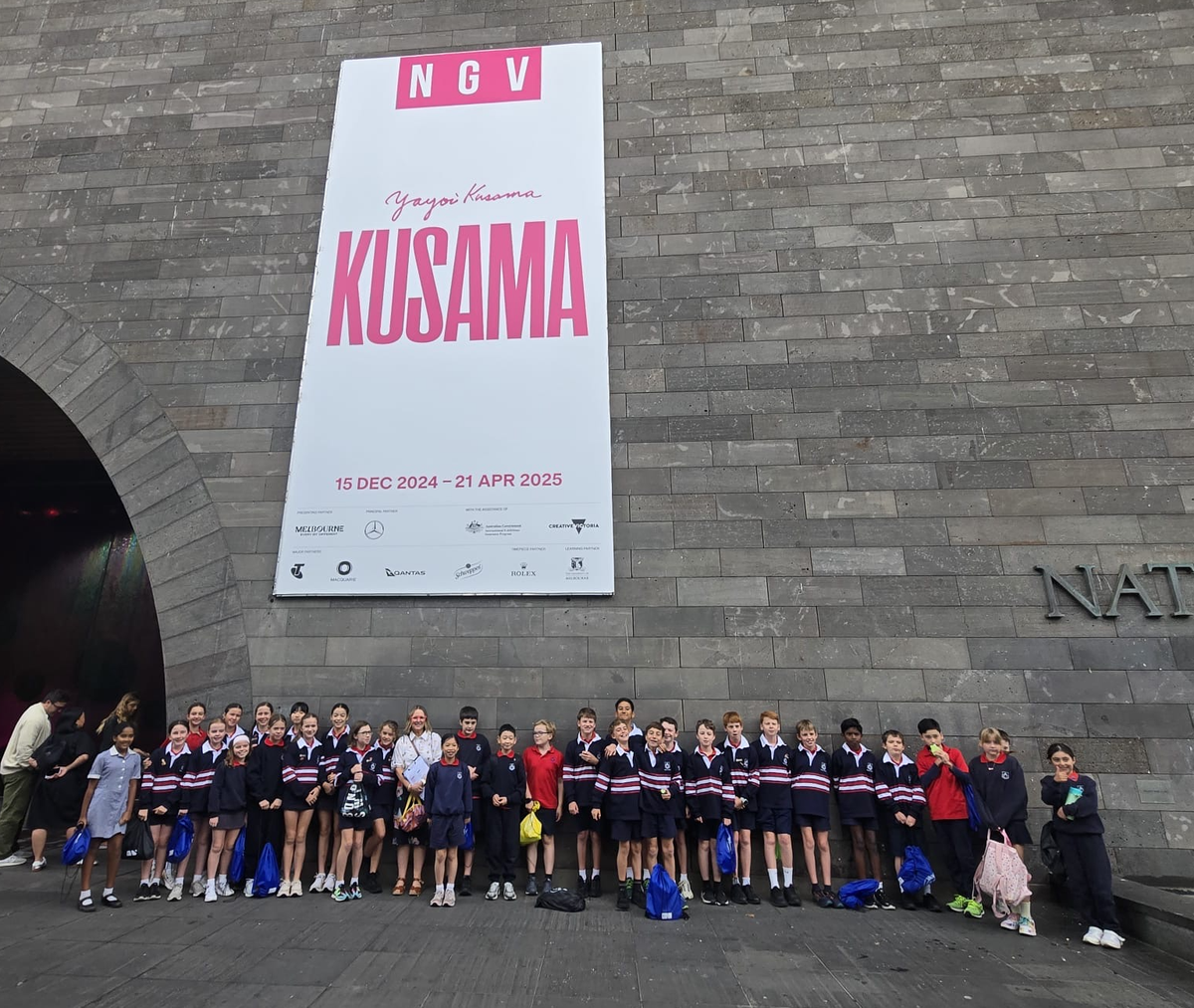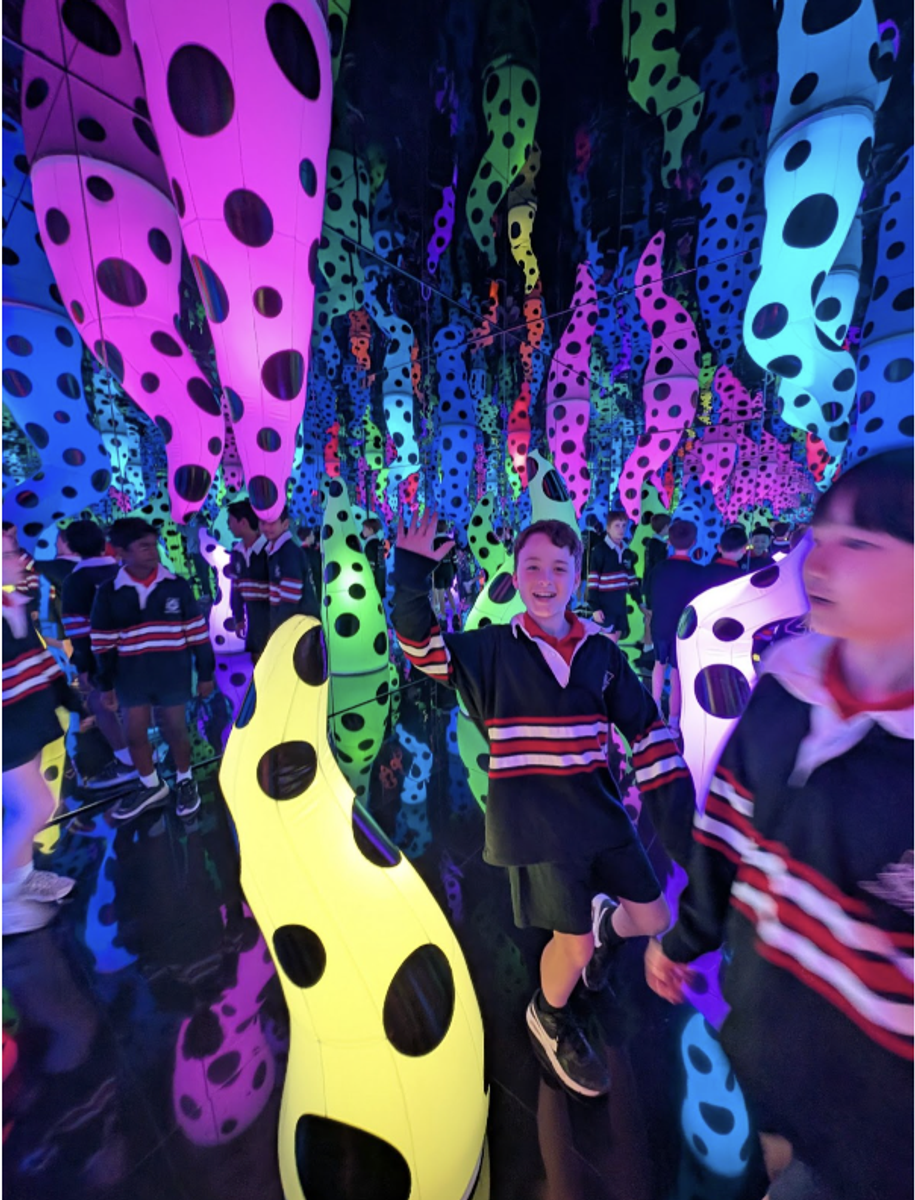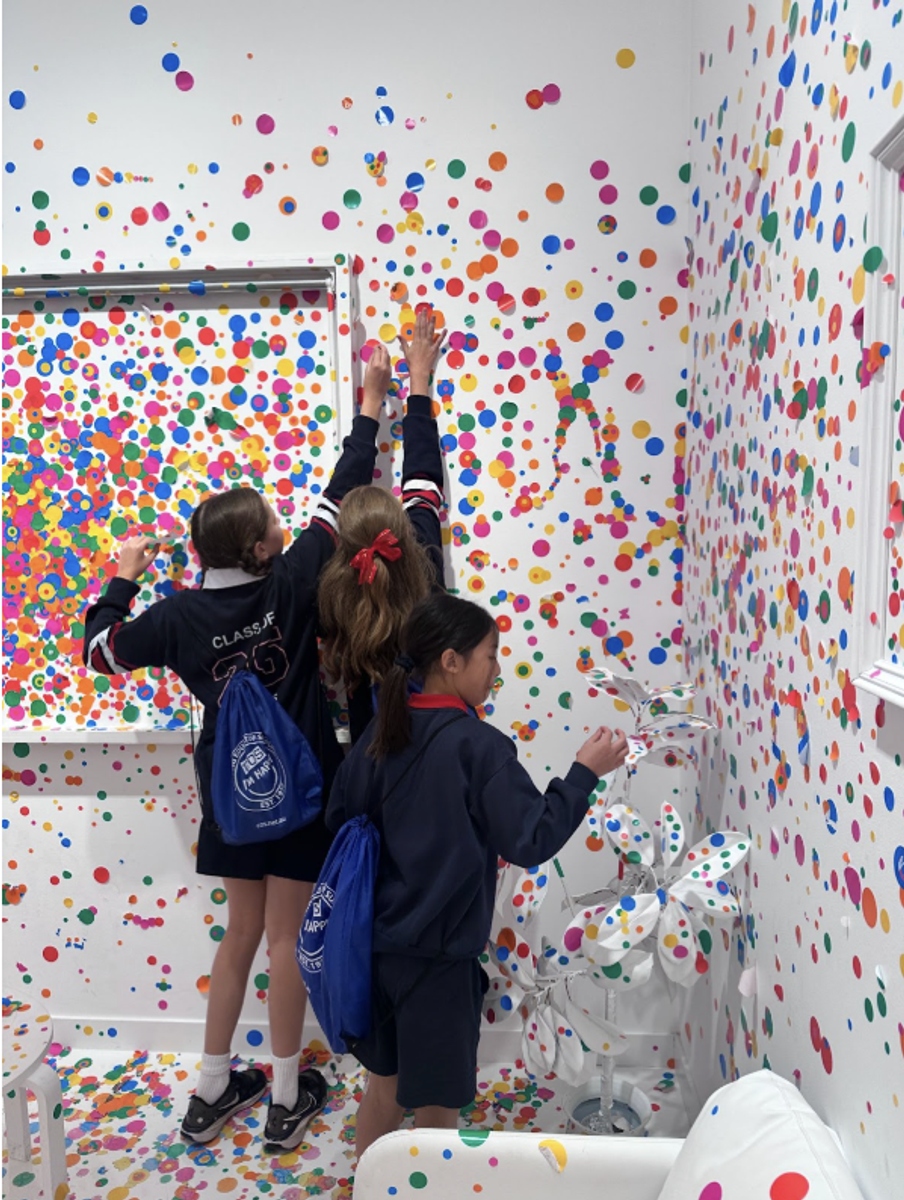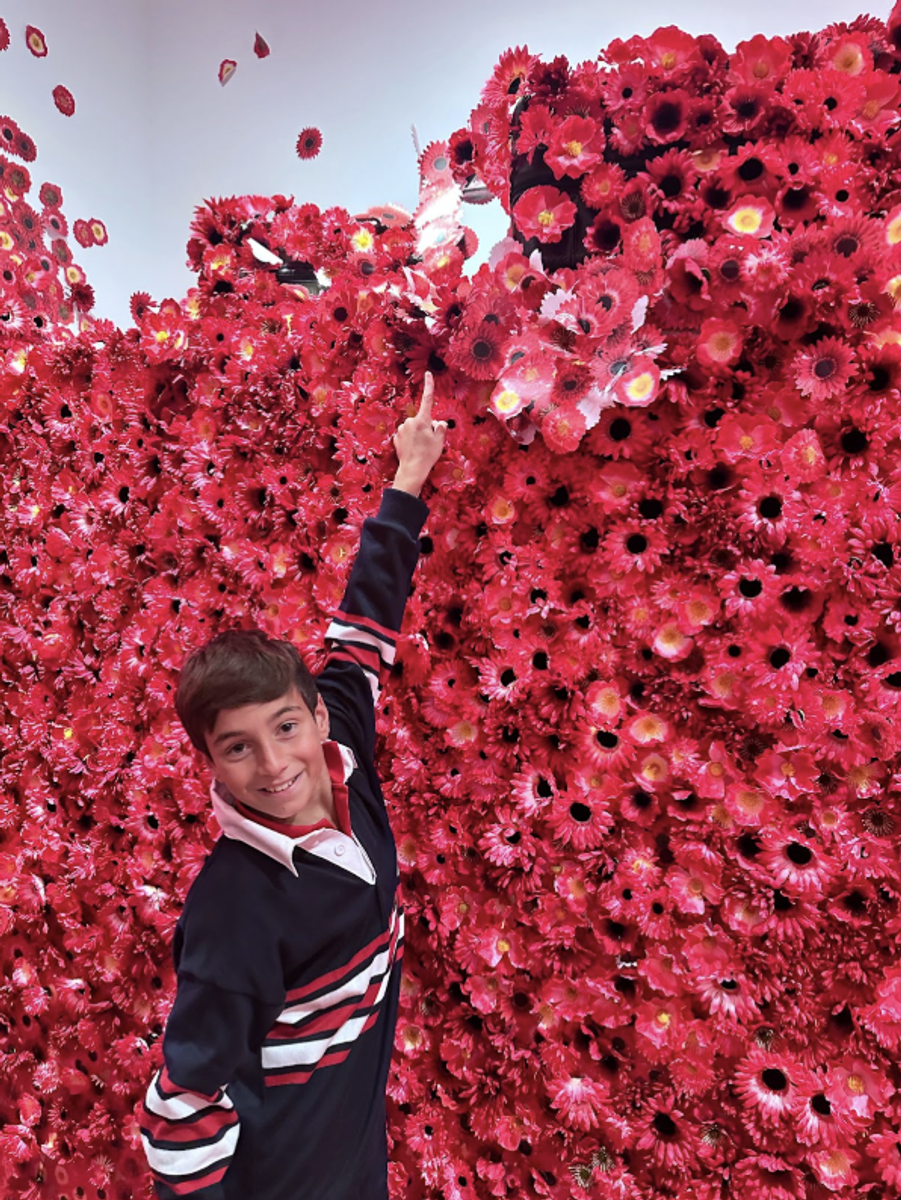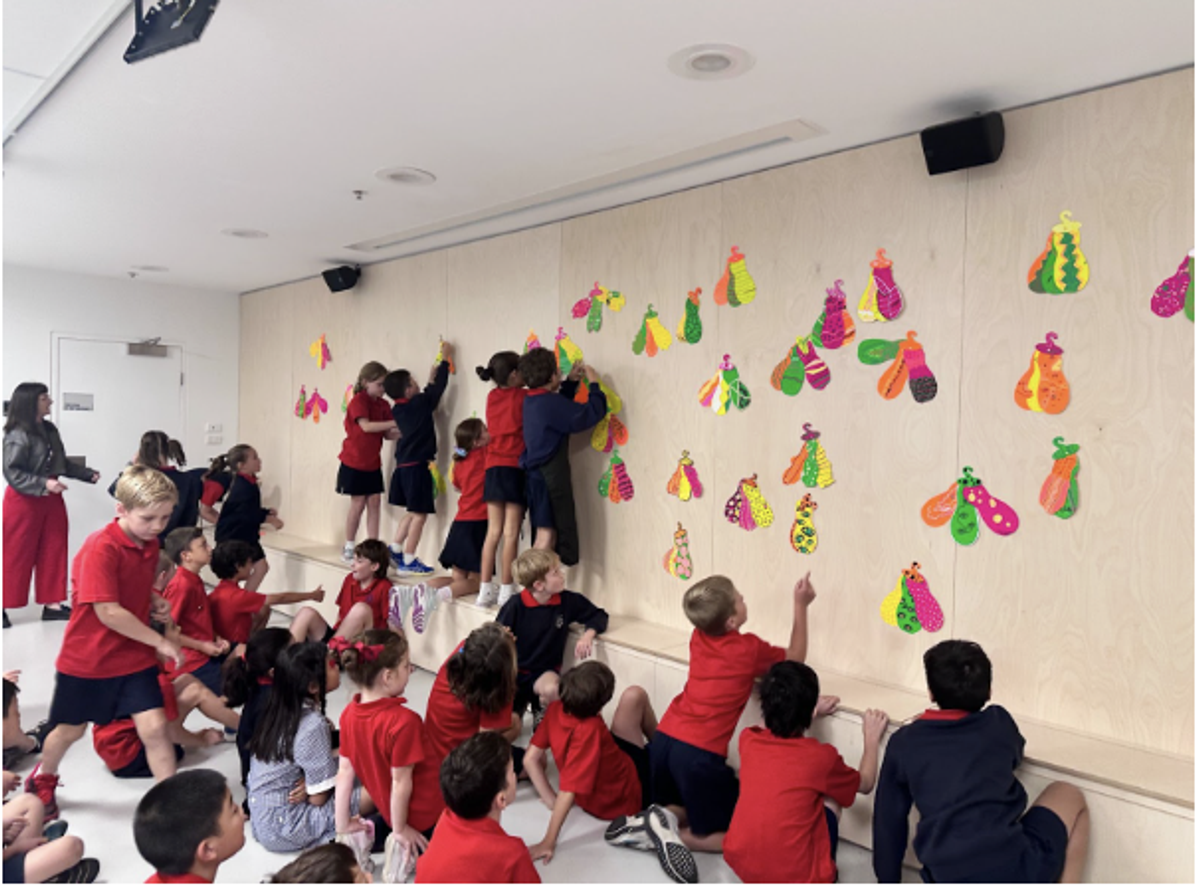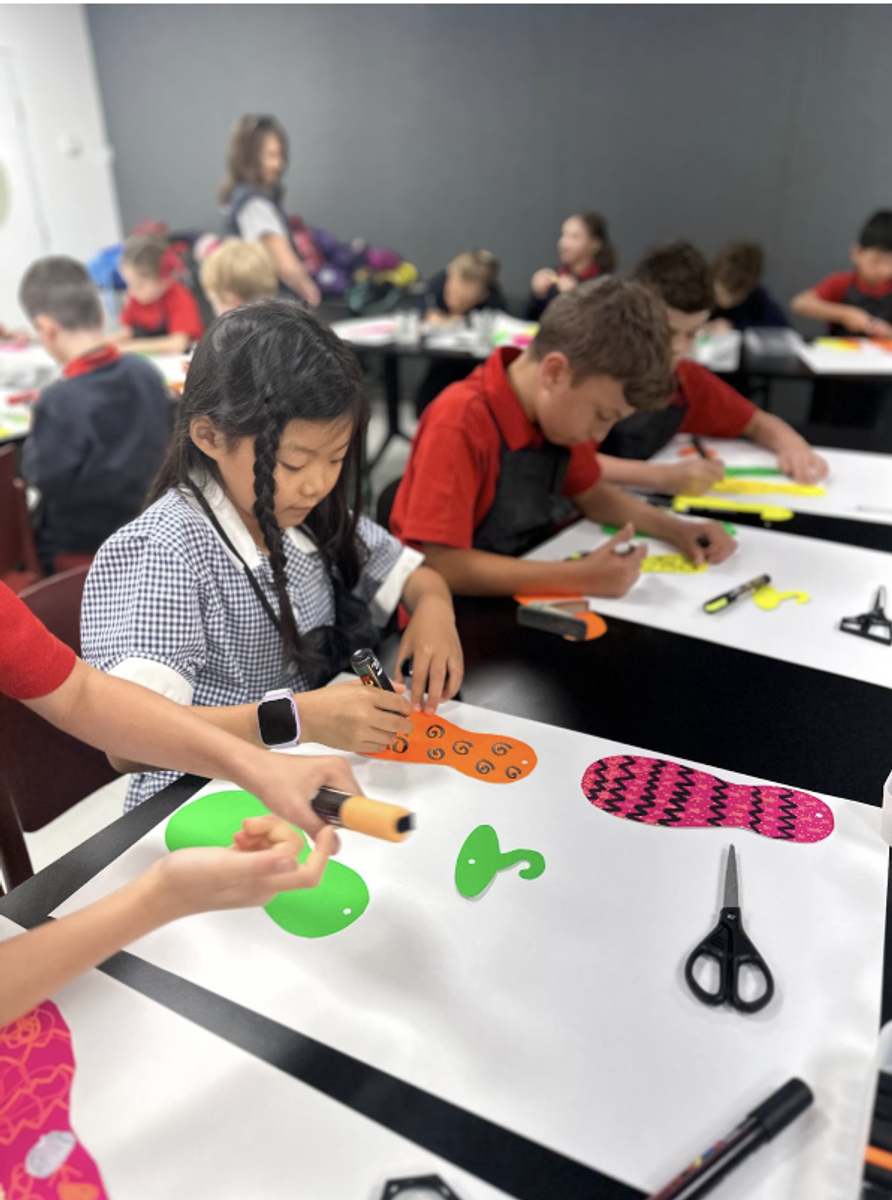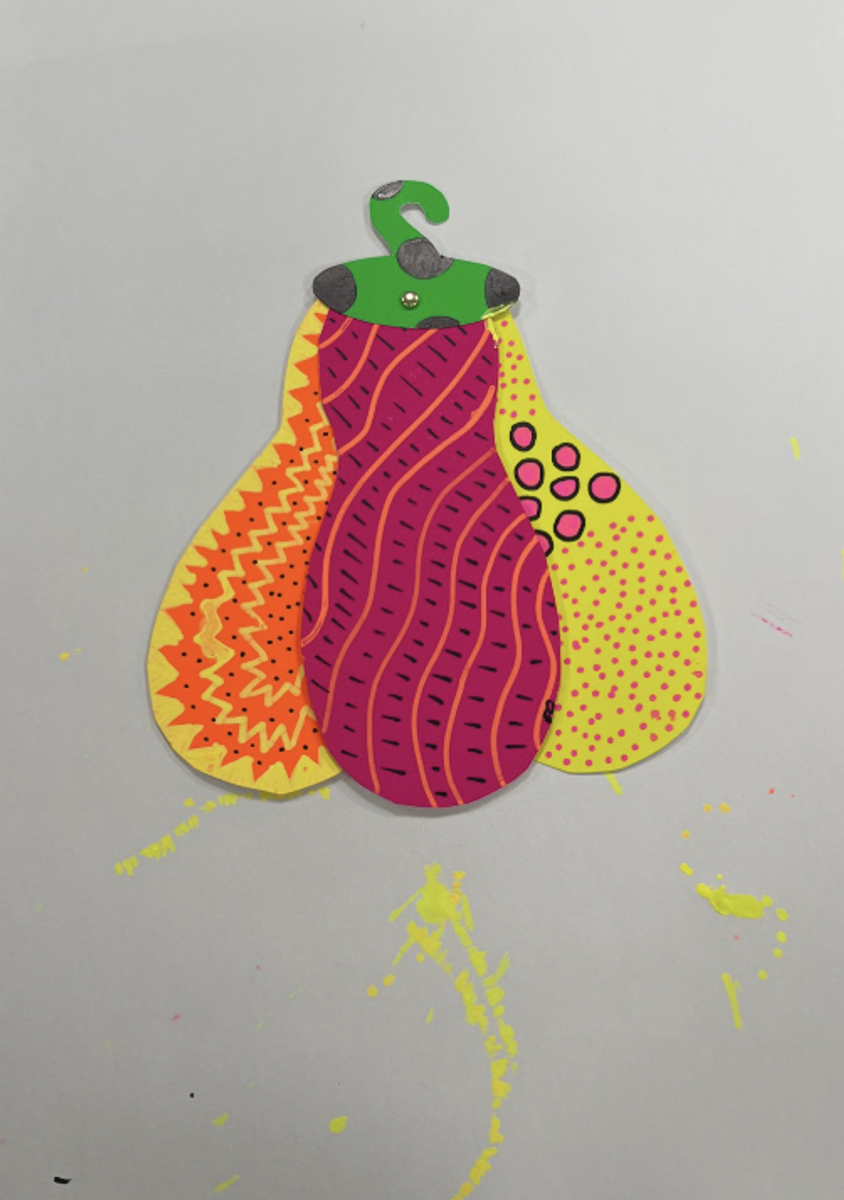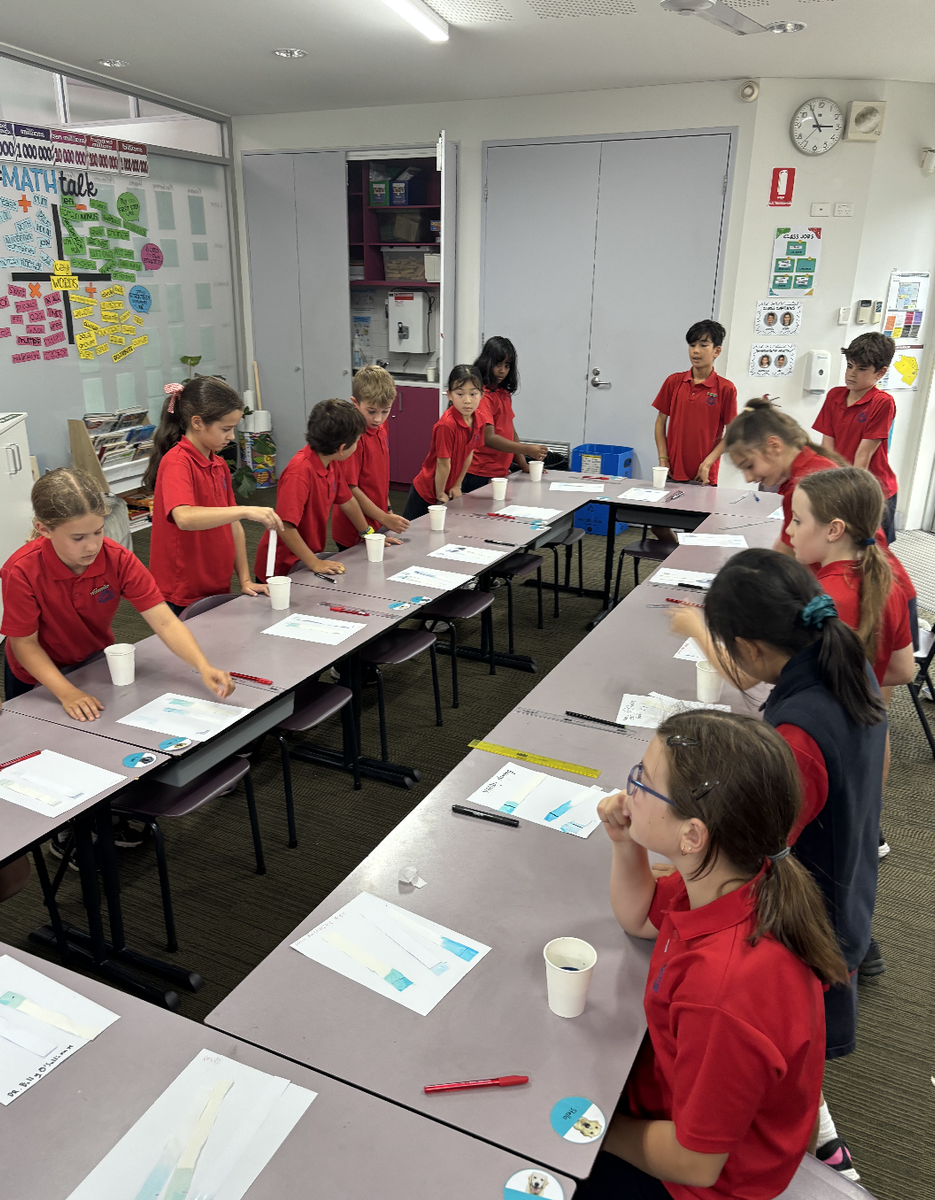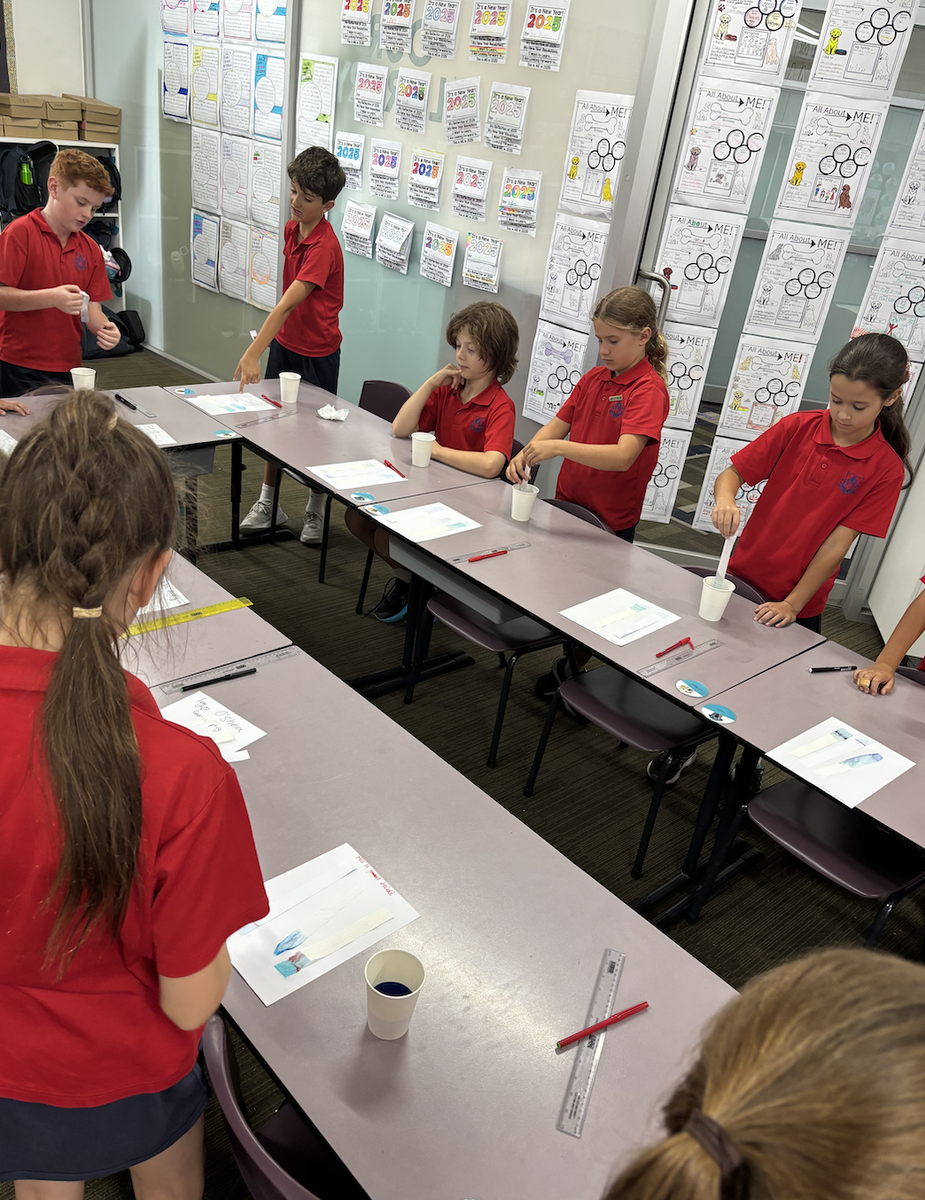Learning & Teaching

Visual Arts Excursions to the NGV
As part of the Visual Arts teaching and learning program, students from Years 3 to 6 visited the National Gallery of Victoria (NGV) to immerse themselves in the vibrant and imaginative world of renowned contemporary artist, Yayoi Kusama. The excursion began with an engaging introductory talk delivered by NGV educators, followed by a self guided tour of Kusama’s expansive retrospective exhibition, which spanned the entire ground floor of the gallery. Students also participated in a hands-on art-making workshop inspired by Kusama’s unique style.
Featuring nearly 200 works, this is the largest exhibition of Kusama’s art ever presented in Australia, and one of the most comprehensive retrospectives of her career globally. Showcasing painting, sculpture, collage, fashion, video, and large-scale installations, the exhibition highlights the extraordinary breadth of Kusama’s multidisciplinary practice. With immersive rooms, sensory-rich corridors, and interactive elements that invited students to contribute to collaborative artworks, the experience was both educational and unforgettable.
Our students were commended by NGV staff for their engagement, creativity, knowledge, and respectful conduct. In recognition of this, Sacred Heart Kew students were invited to be featured in NGV publications and on their social media platforms. Given the highly interactive and sensory nature of the exhibition, we’re especially proud to report that all students demonstrated outstanding self-regulation—observing with their eyes and not their hands, which is no small feat amid such captivating works.
Visiting an art gallery and engaging directly with artists’ work is a valuable component of the Visual Arts Curriculum. These experiences support students in developing visual literacy, critical and creative thinking, and an appreciation of diverse artistic practices. The opportunity to see professional artworks in context deepens students’ understanding of visual art as both a personal and cultural expression.
This enriching excursion was made possible thanks to the generous support of our school community. Funds raised during the 2024 Art Show, through both the art auction and gift card sales, helped bring this opportunity to life. We thank you for continuing to champion the value of the Visual Arts in our students’ education.
Our senior students reflected on their experience of seeing the Yayoi Kuama exhibition, here is what they had to say:
“It was just incredible! I will never forget it”. Lucie D
“We got to look at some incredible artworks and walk through some inspiring rooms. My personal favourite was looking into a box with mirrors all around and pumpkins in the middle making it look like there were infinite pumpkins”. Priya
“It wasn't just art, it was experiences, feelings, quotes and lots more”. Peter
“I saw lots of different patterns and shapes. When Yayoi makes art, she uses what she was feeling, and there is a lot of expression in her art”. Heidi
“I saw that you can do anything with art, you can use any object you want and make life size art, or 2D art. I feel like Yayoi has a big imagination and her art is exciting because it shows you can really do anything you want. It really expands your choices”. Will T
“It was really inspiring because she showed us you can do lots of different types of art and you don’t have to stick to one thing. She also is really good at letting everybody enjoy art because even outside of the exhibition there are other art pieces she has done for everyone to enjoy”. Will W
I learned that Yayoi didn’t have many art materials to make art but she got creative and used other interesting things. Raphaela
Year 4 Science Experiment
As part of the Science Inquiry Unit, ‘Living in a material world,’ the Year 4 students have been investigating the range of physical and chemical properties of materials and their existing state of matter. The students explored how these physical and chemical properties can be changed by either adding or removing heat through an experiment.
Suck It Up - Paper Absorbency Experiment
Different materials have the ability to suck up liquids. This is called ‘absorption’ and is a property of certain porous materials. Properties of absorptive materials can be measured by how much liquid they can absorb. Let’s investigate!
Aim
To find the most absorbent paper out of paper towel, tissue paper, crepe paper, cover paper and printer paper.
Scientist’s Note
You will need to make sure any liquids used are prevented from spilling
Equipment
1 x plastic cup
1 x strip of paper towel
1 x strip of tissue paper
1 x strip of crepe paper
1 x strip of cover paper
1 x strip of printer paper
1 x stopwatch
1 x ruler and pencil
1 x water and food dye
Method
- Rule a line across each piece of paper 2cm from bottom. This is the ‘dip line’.
- Create a hypothesis - which piece of paper will absorb the most amount of water?
- Fill the plastic cup with water until it is half full and add food dye.
- Dip a piece of paper into the cup of water to the ruled line and hold for 5 seconds. Once done, place on a flat surface to dry.
- Repeat this process for the remaining pieces of paper being tested.
- Once paper has dried, record level of absorbency from line on paper.
Boroondara Youth Visit
On Tuesday 24 March, the Senior students were visited by Boroondara Youth. The Youth Hub is located at the Level 1,360 Burwood Road, Hawthorn. It is in the same building as the Hawthorn Arts Centre. Boroondara Youth provides programs, services and events for young people who live, work, study or visit Boroondara. The Youth Hub is for young people aged between 10 and 25 years. The students discussed the following leadership questions:
- In one word, what does leadership mean to you?
- Why is leadership important?
- What skills and qualities to you think a leader should have?
